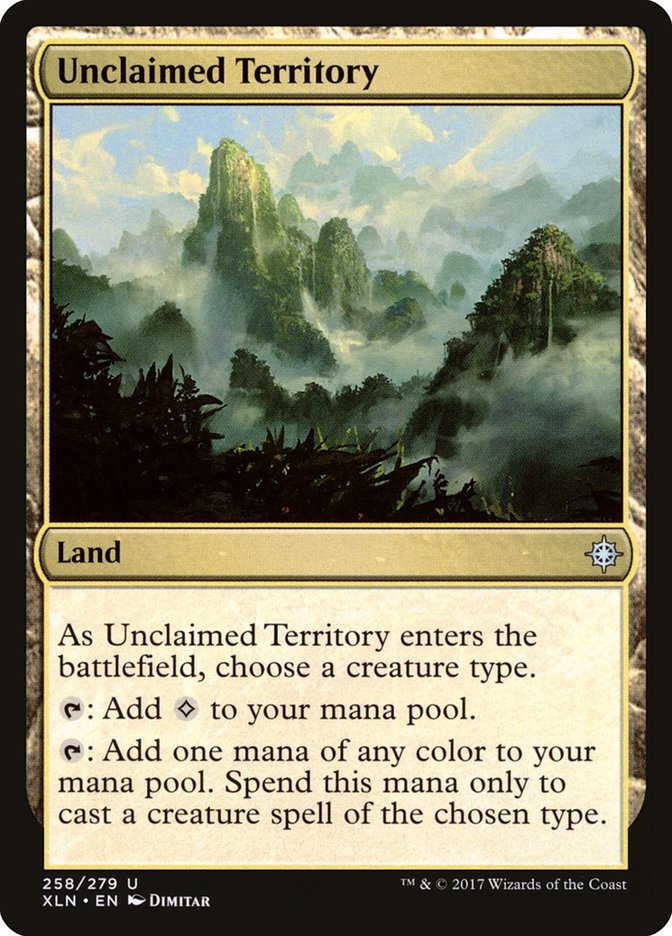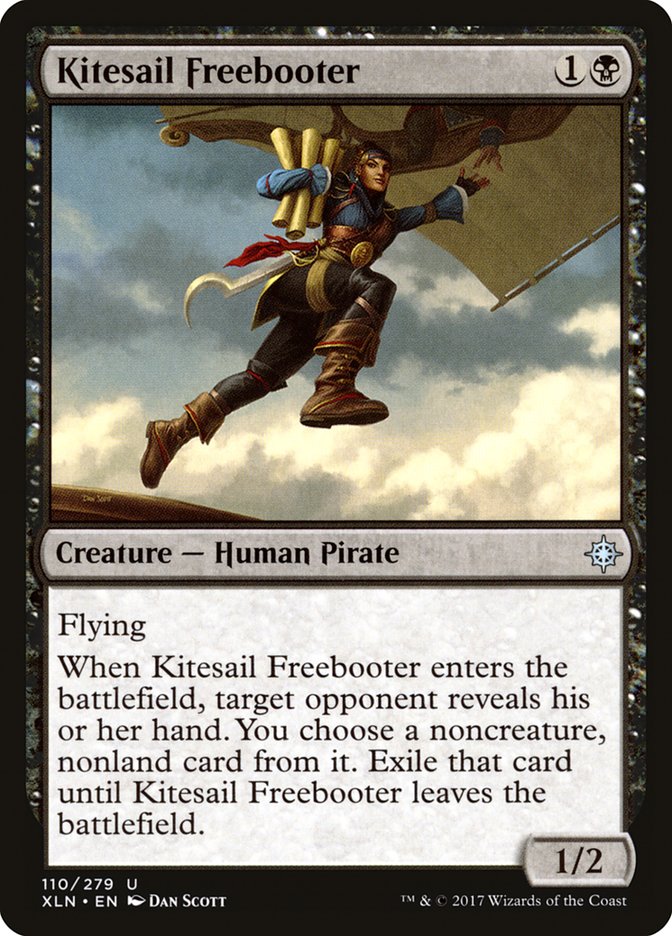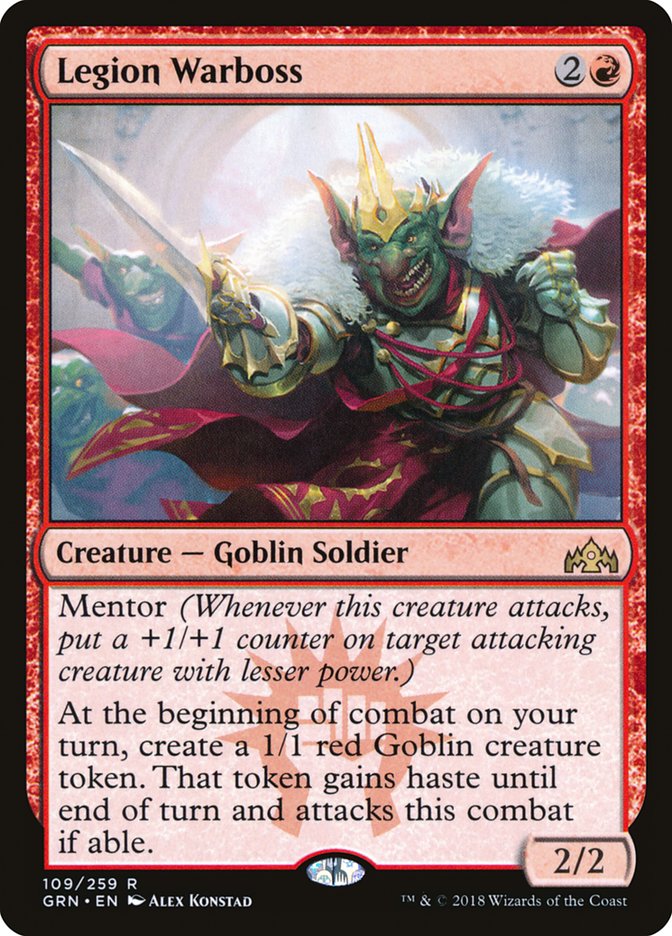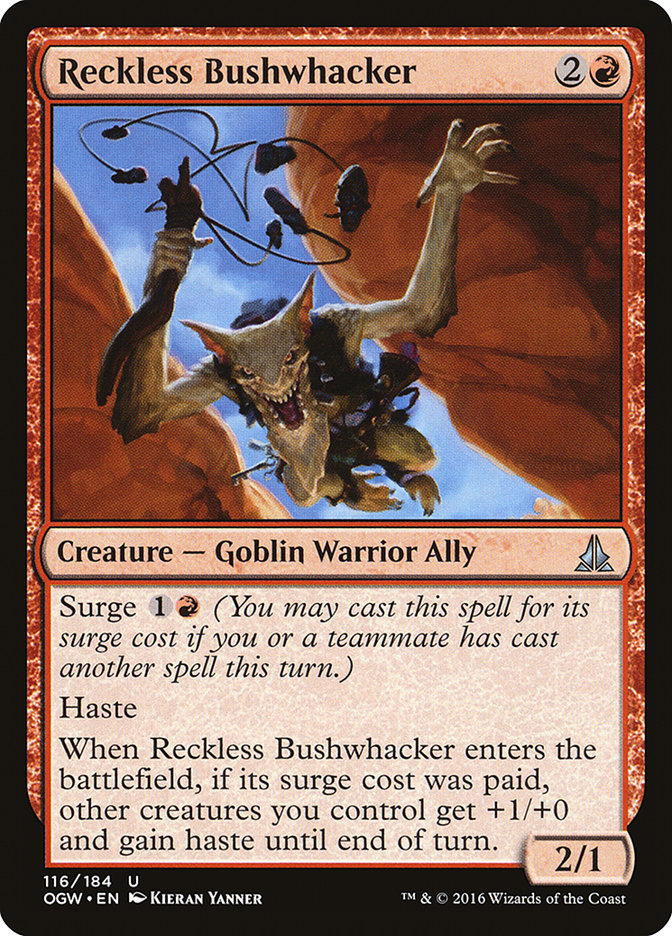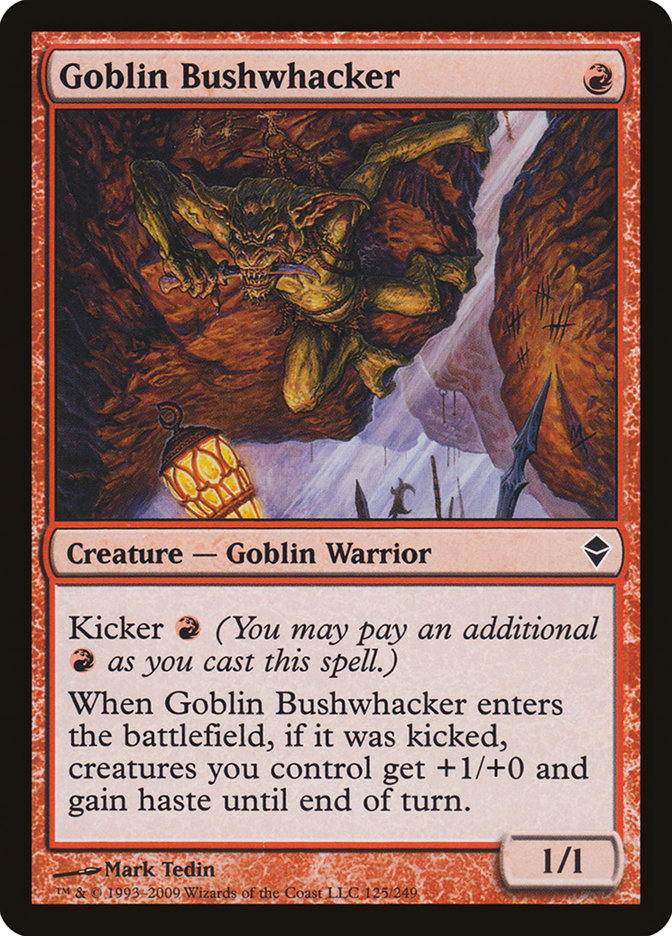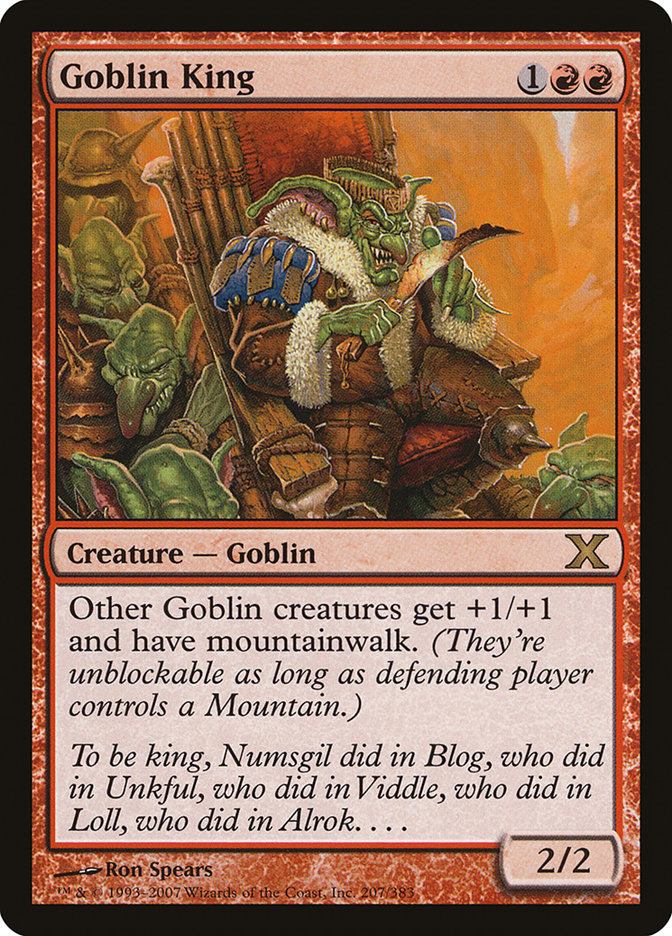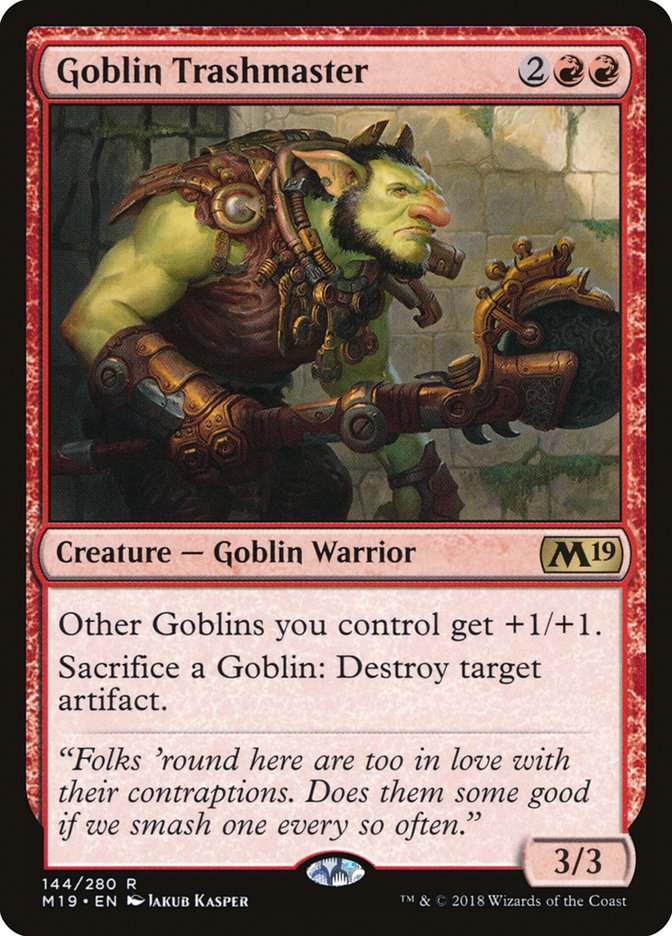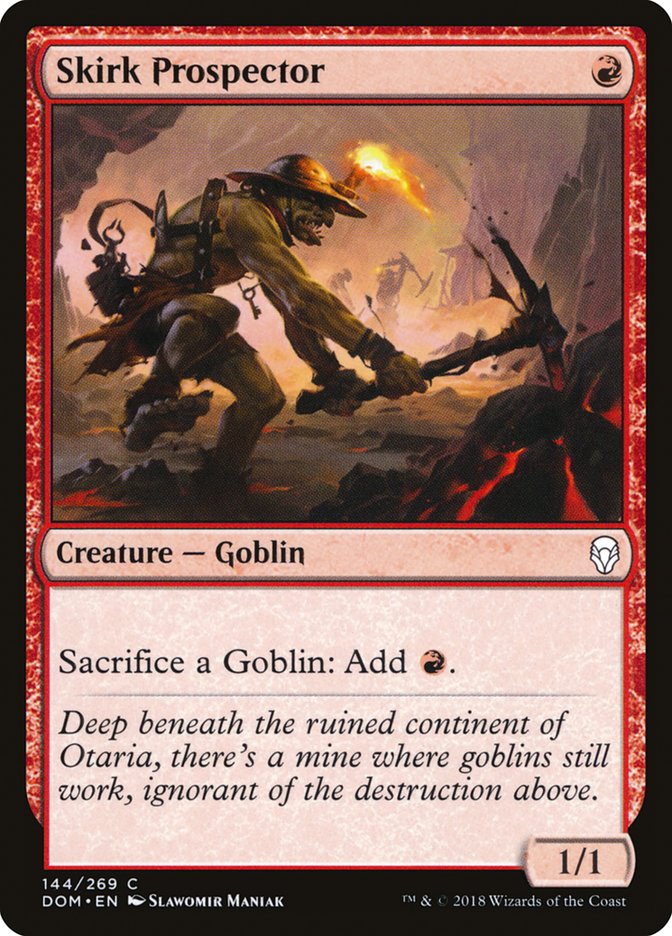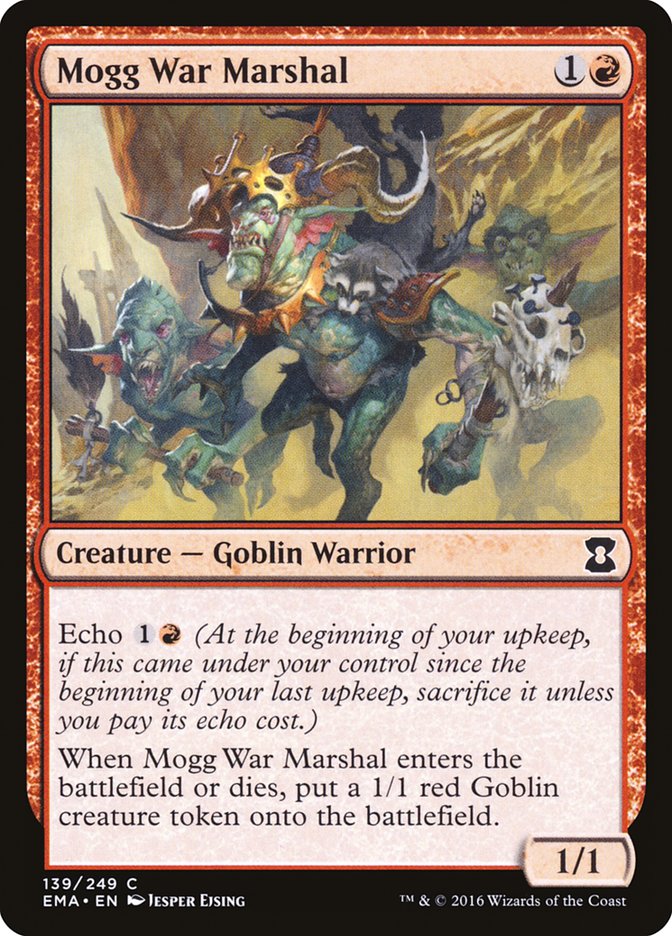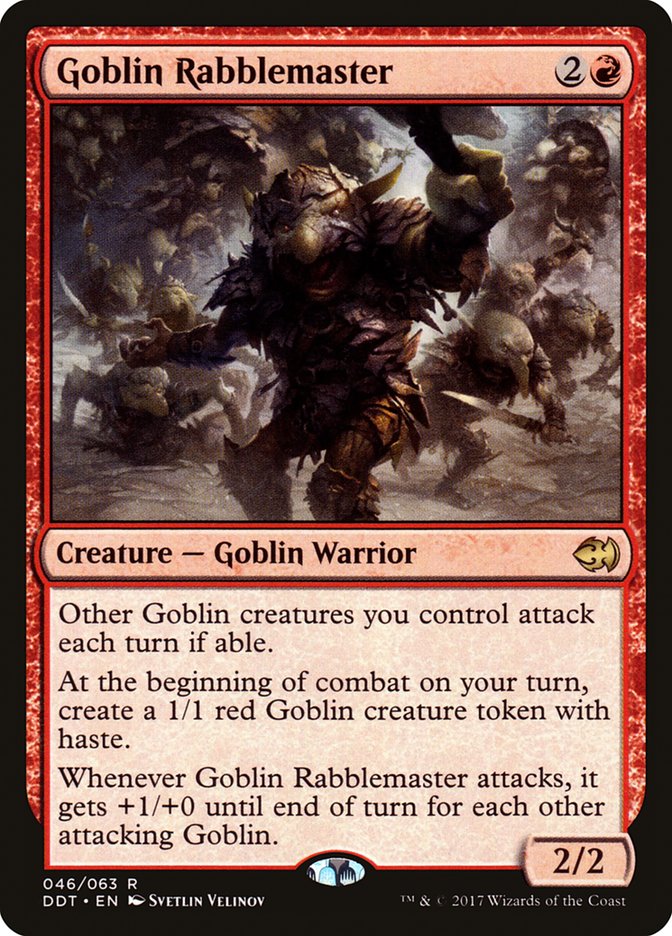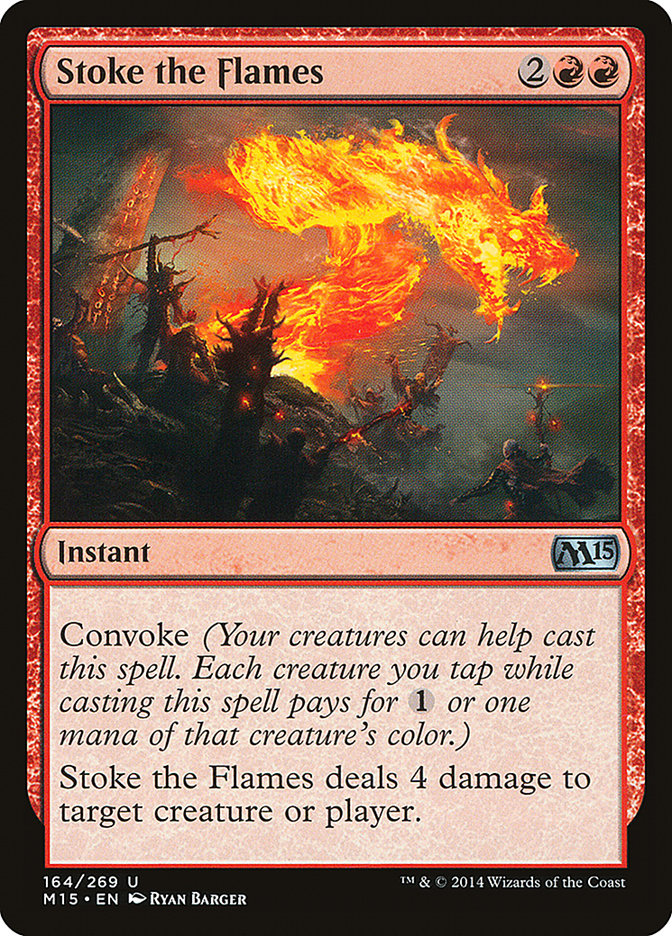We’re nearing the end of Guilds of Ravnica preview season and
while my focus over the last couple of weeks has been on Standard, so as to
get an early start on preparing for Pro Tour Guilds of Ravnica, I
can’t neglect Modern since that will remain the format I play in the
majority of tournaments for the rest of the year.
Typically, there aren’t many cards from a single set that make an impact in
Modern because the barrier to entry to the format is so high, and that has
remained true here. Assassin’s Trophy is going to be on everyone’s mind as
we approach the Team Constructed Open in Columbus on Release Weekend, but
I’m more interested in something new rather than a card that, like the
unbanning of Bloodbraid Elf earlier this year, merely gave false hope to
Jadine Klomparens that Jund is a playable Modern deck instead of an awkward
midrange pile that was propped up for years by its good matchup against
Splinter Twin.
To find these cards we have to look beneath the surface, past the
individual power level of a given card and to the context around it. When
Unclaimed Territory and Kitesail Freebooter were printed in Ixalan
, no one thought they were Modern playable outside of a fringe archetype
like Slivers, but adding a third five-color land to the pair of Cavern of
Souls and Ancient Ziggurat made a five-color manabase for Humans possible,
leading to the creation of one of the best decks in the format.
It’s not that Unclaimed Territory and Kitesail Freebooter are that good,
they were merely the last pieces in a puzzle that is very difficult to see
until it’s put together. The best cards in Humans, Noble Hierarch and
Aether Vial, are known staples of the format already, and Humans is merely
the latest and most successful aggressive deck built around those powerful
one-drops.
Similarly,
only the most astute and handsome of Magic players
could’ve predicted that Supreme Phantom had the potential to elevate Bant
Spirits, until now a deck whose success mostly came at the hands of Caleb
Durward, to an emerging force with a rare combination of power and
flexibility.
Interestingly, both of these new players in the format have come from
tribal decks gaining a critical mass of payoffs for committing to their
tribe. Since Modern never rotates, decks that rely on a critical mass of
any type of card or certain effect slowly creep closer to that point over
time, and I think Goblins, one of Magic’s most iconic tribes, may just be
getting its turn in the spotlight very soon.
Jim Davis recently
wrote about
this Commander in-Chief’s potential in Standard, and given the pedigree of
Goblin Rabblemaster I’d agree in saying we’re very likely to see this card
slot into various aggressive decks in Standard, whether they care about
creature types or not. This is the kind of card that’s good enough by
itself to take over a game, and while the volume of cheap removal in Modern
is much higher than in Standard, we’ve seen Goblin Rabblemaster make its
way into the older format several times now, so I’m looking for the new
incarnation to successfully translate as well.
That said, on its own, Legion Warboss isn’t powerful enough to reshape the
format in any meaningful way, but as a part of a Goblin deck it’s much more
appealing. Tribal decks are typically built around lots of synergies, and
that requires committing fully to the tribe, leading to adding subpar cards
in order to ensure you’re consistently enabling the synergy payoffs. The
more you can enable those payoffs with individually powerful cards, the
more resilient you become in the face of removal on your key pieces.
Humans gets around this by having the five-color manabase so it can draw
from a larger pool of creatures and select more powerful options, but a
deck like Elves is forced to rely on finding its key cards like Elvish
Archdruid and Ezuri, Renegade Leader and hoping they stick. The plan of
swarming with 1/1s and 2/2s steals an odd game now and then, but it isn’t
something you want to rely on.
Similarly, up until now, Goblins have been built around as a
hyper-aggressive deck taking advantage of the power of Reckless Bushwhacker
and Goblin Bushwhacker. The mono-red deck has a very low curve and a very
low individual power level if it doesn’t end the game quickly, which leads
to consistency issues because the deck is heavily reliant on its top eight
or ten cards with no way to fix its draws.
Legion Warboss gives the Goblin decks a threat that can end a game by
itself if the opponent has run out of interaction, ends the game quickly
against combo, and can help build a battlefield to exploit tribal synergies
if the game goes long. Goblin Rabblemaster could’ve filled this role if not
for the “Goblins you control must attack each turn if able” clause, which,
while often irrelevant in an aggressive deck, is a huge liability in any
creature matchup.
With Legion Warboss alongside Goblin Chieftan and Goblin Warchief, the
tribe has a high density of quality three-drops, making it perfect to pair
with Collected Company. Here’s a first pass:
Creatures (28)
- 4 Goblin Warchief
- 4 Goblin Piledriver
- 4 Skirk Prospector
- 4 Mogg War Marshal
- 4 Goblin Chieftain
- 4 Legion Loyalist
- 4 Legion Warboss
Lands (17)
Spells (15)

The inspiration for this list comes from one I featured in a
Daily Digest
some months ago, and the upgrade from Goblin Rabblemaster to Legion Warboss
is significant. This isn’t a deck that is going to be killing opponents on
turn 3 or 4 very often and as a result you’ll have to win games on stalled
battlefields in some cases.
One of the elements of the deck that attracted me to it is how it opens up
a different play pattern from Collected Company. Typically, the card is
cast on the end step so no sorcery-speed interaction against the creatures
it finds is relevant until the following turn. Copies of Collected Company
cast on the main phase are rare and occur in specific situations, namely
someone trying to slip it past counterspells while their opponent is tapped
low or a creature combo deck going for the kill.
This deck is going to cast Collected Company on the main phase much more
often because of the volume of haste creatures. Even more, Goblin Warchief
and Goblin Chieftan give the other creature found off of Collected Company
haste, turning the card into the best Ball Lightning of all time, or
something akin to Bloodbraid Elf cascading into Strangleroot Geist.
With so many haste threats in the deck, the level of reach here is
something you can lean on to win games. That key component of the deck is
elevated by the presence of Goblin Grenade as the last tribal payoff. In
combination with Lightning Bolt you can finish off your opponent from six
or more life with little worry even without attacking, so no life total is
safe here.
Additionally, Collected Company allows you to set up huge attacks with
Legion Loyalist and Goblin Piledriver, giving the deck a combo kill that is
tough to prepare for without a significant amount of cheap, instant-speed
removal. Against creature decks, they may be able to eat the Loyalist and
another Goblin or two in combat, but the damage is done by the large
Piledriver, leaving them unable to effectively race back or survive the
burn spells that are waiting, if they survive the first attack in the first
place.
For a tribe that is limited to effectively one color, the sideboard options
here are also impressive. Goblin King is another lord for creature
matchups. Goblin Chainwhirler is a card I wanted to fit in the main but
couldn’t, and the combination of Goblin Trashmaster and Tin Street Hooligan
means you have powerful answers to artifacts without sacrificing your core
gameplan, though it’s unfortunate that Hooligan doesn’t work well with
Collected Company or Goblin Warchief.
Ironically, the part of the deck that concerns me most is the low end.
Skirk Prospector is a nice card that plays particularly well with Mogg War
Marshal, but the pattern of sacrificing it to cast a three-drop on turn 2
is high risk in a format with the density of cheap removal that Modern has.
Legion Loyalist is good when you have a battlefield built, but as a turn 1
play, it’s underpowered.
Collected Company decks thrive with mana creatures because although they’re
poor hits off of the Company itself, they get you to three and four mana a
turn ahead of schedule, and Company incentivizes erring toward three-drops
to have more powerful hits. Goblins are usually on the side of putting mana
creatures into the graveyard rather than the battlefield, but with a green
splash already in place, I think we can make Birds of Paradise work:
Creatures (30)
- 4 Birds of Paradise
- 4 Goblin Warchief
- 4 Goblin Piledriver
- 3 Skirk Prospector
- 4 Mogg War Marshal
- 4 Goblin Chieftain
- 3 Legion Loyalist
- 4 Legion Warboss
Lands (16)
Spells (14)

There’s fourteen green sources here, not counting Cavern of Souls, which is
the bare minimum I’d want for a deck with four mana creatures, and you
could always go up to fifteen by cutting a Mountain for another fetchland.
I’m erring toward having more basics in a world of Path to Exile and
Assassin’s Trophy, but without any great mana sinks, perhaps that’s unwise.
That lack of mana sinks is what worries me about this list. Kessig Wolf Run
is a fine singleton, but it would have to come at the expense of a spell.
You could also play Siege-Gang Commander over Shapers’ Sanctuary in the
sideboard to bring in against decks with Path/Trophy that are planning to
go long anyway, but I don’t find either option that compelling. There’s
always an increased chance of flooding with mana creatures and I’ve learned
to embrace that variance for years now.
The last deck I have revives one of the key synergies in Goblin
Rabblemaster’s success during its run in Standard: Stoke the Flames.
Unfortunately, convoke is a Selesnya mechanic in Guilds of Ravnica
, so there will be no additional tools on this front coming, but Stoke is
still a powerful card and continues down the path of having an incredible
amount of reach.
I had dreams of casting a Collected Company, finding two copies of Legion
War Boss or Goblin Rabblemaster and using them along with the two tokens
they make to cast a free Stoke the Flames, but ultimately I decided to
forego the Collected Company shell to focus on the traditional lower curve
which also helps enable convoke. The final result is similar to the
existing Mono-Red Goblins decks, just going a bit bigger:
Creatures (30)
- 2 Goblin Piledriver
- 4 Skirk Prospector
- 4 Mogg War Marshal
- 4 Burning-Tree Emissary
- 3 Legion Loyalist
- 4 Foundry Street Denizen
- 2 Goblin Rabblemaster
- 3 Reckless Bushwhacker
- 4 Legion Warboss
Lands (5)
Spells (25)

Burning-Tree Emissary may not be a Goblin, but it plays perfectly with both
Stoke the Flames and Reckless Bushwhacker, as well as making Foundry Street
Denizen a more attractive one-drop. Between Legion War Boss, Mogg War
Marshal, and Collected Company, it may be good for the Gruul lists as well,
but here it’s a huge threat on turn 1 that demands an immediate answer.
Despite its potential downside, I want to try Goblin Rabblemaster here to
act as another convoke enabler. This deck is aiming to kill around turn 4
anyway so you’ll often be happy to alpha strike with it and it can come out
in sideboarding against heavy creature decks for more interaction, whether
it be Goblin Chainwhirler for small creatures or Goblin Grenade for the
Tarmogoyfs and Gurmag Anglers of the world.
With the green cards gone, I was able to find an appropriate mana sink in
Ramunap Ruins that gives the deck even more reach. There are fewer Goblin
Grenades with Stoke the Flames taking up space, but ending games from ten
still isn’t unrealistic.
After getting pushed out of Legacy years ago, Goblins have gotten short
shrift as far as tribal Magic goes. They’ve made some waves with Goblin
Rabblemaster and Goblin Chainwhirler in Standard, but as far as actual
tribal decks go, it’s high time for a comeback. Magic returned to its roots
with Dominaria and it looks like Guilds of Ravnica is
continuing that trend.


